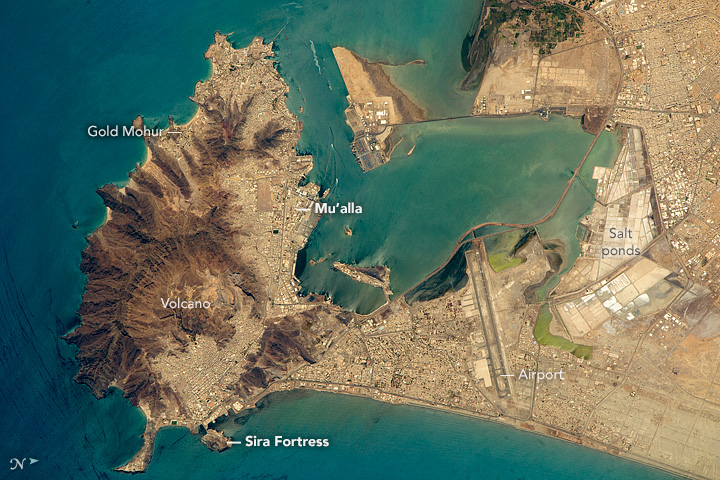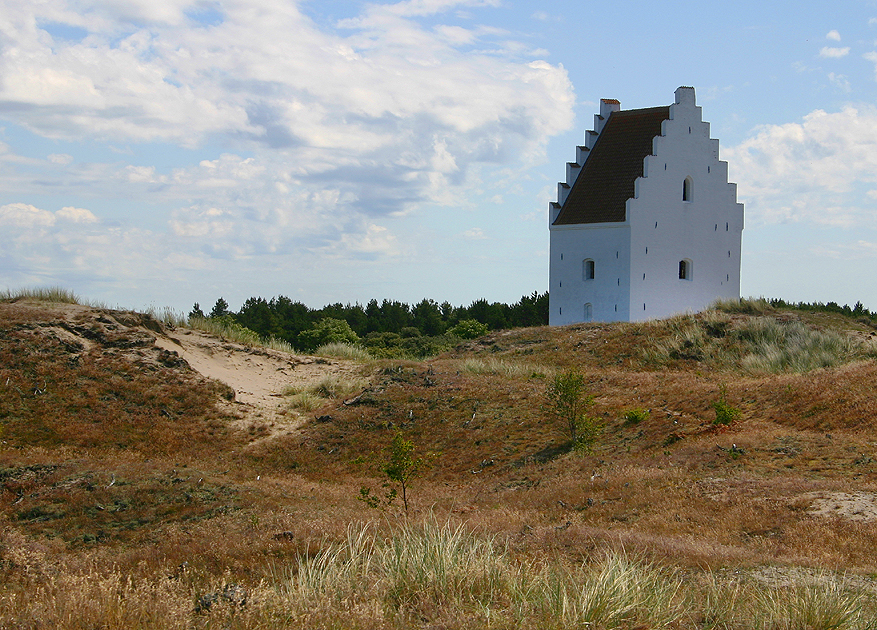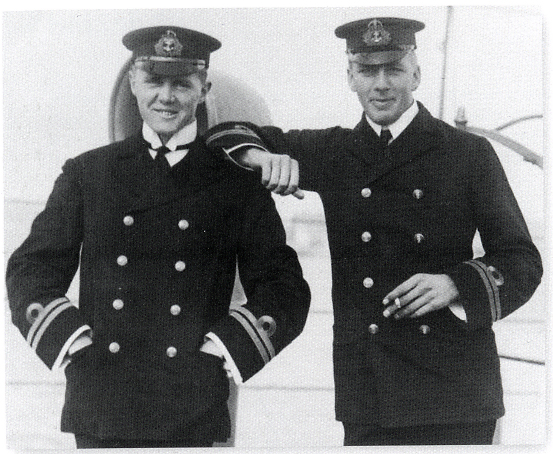|
Rupert Lonsdale
Rupert Philip Lonsdale (5 May 1905 – 25 April 1999) was a British submarine commander, prisoner of war and Anglican clergyman. He was forced to surrender his boat in World War II after he had succeeded in rescuing her and her crew from the sea bed after she struck a mine. He was honourably acquitted at the inevitable court-martial after spending five years as a prisoner of war. After the war Lonsdale took Anglican holy orders, serving in several parishes. In 1952 he volunteered to go as a District Chaplain to Kenya, to help find a peaceful solution to the Mau Mau Uprising. Early life Lonsdale was born in Dublin and educated at St. Cyprian's School, Eastbourne and the Royal Naval College, Osborne. He began in the submarine branch of the service in 1927 and within four years was first lieutenant of ''XI'', a large experimental submersible. With four 5.2-inch guns and displacing 2,780 tons this was one of the largest submersibles of the era. In 1934 he passed the demanding s ... [...More Info...] [...Related Items...] OR: [Wikipedia] [Google] [Baidu] |
United Kingdom
The United Kingdom of Great Britain and Northern Ireland, commonly known as the United Kingdom (UK) or Britain, is a country in Europe, off the north-western coast of the continental mainland. It comprises England, Scotland, Wales and Northern Ireland. The United Kingdom includes the island of Great Britain, the north-eastern part of the island of Ireland, and many smaller islands within the British Isles. Northern Ireland shares a land border with the Republic of Ireland; otherwise, the United Kingdom is surrounded by the Atlantic Ocean, the North Sea, the English Channel, the Celtic Sea and the Irish Sea. The total area of the United Kingdom is , with an estimated 2020 population of more than 67 million people. The United Kingdom has evolved from a series of annexations, unions and separations of constituent countries over several hundred years. The Treaty of Union between the Kingdom of England (which included Wales, annexed in 1542) and the Kingdom of Scotland in 170 ... [...More Info...] [...Related Items...] OR: [Wikipedia] [Google] [Baidu] |
Aden
Aden ( ar, عدن ' Yemeni: ) is a city, and since 2015, the temporary capital of Yemen, near the eastern approach to the Red Sea (the Gulf of Aden), some east of the strait Bab-el-Mandeb. Its population is approximately 800,000 people. Aden's natural harbour lies in the crater of a dormant volcano, which now forms a peninsula joined to the mainland by a low isthmus. This harbour, Front Bay, was first used by the ancient Kingdom of Awsan between the 7th to 5th centuries BC. The modern harbour is on the other side of the peninsula. Aden gets its name from the Gulf of Aden. Aden consists of a number of distinct sub-centres: Crater, the original port city; Ma'alla, the modern port; Tawahi, known as "Steamer Point" in the colonial period; and the resorts of Gold Mohur. Khormaksar, on the isthmus that connects Aden proper with the mainland, includes the city's diplomatic missions, the main offices of Aden University, and Aden International Airport (the former British Roy ... [...More Info...] [...Related Items...] OR: [Wikipedia] [Google] [Baidu] |
E-boat
E-boat was the Western Allies' designation for the fast attack craft (German: ''Schnellboot'', or ''S-Boot'', meaning "fast boat") of the Kriegsmarine during World War II; ''E-boat'' could refer to a patrol craft from an armed motorboat to a large ''Torpedoboot.'' The name of E-boats was a British designation using the letter ''E'' for ''Enemy'', The main wartime production boats, the ''S-100'' class, were very seaworthy, heavily armed and capable of sustaining , briefly accelerating to . These were armed with torpedoes and Flak guns; commonly one 37 mm at the stern, one 20 mm at the bow with a twin mount amidships, plus machine guns. Armament varied and some ''S-100''s substituted a 40mm Bofors or, less commonly, a 20mm ''flakvierling'' mount for the aft 37mm cannon. The ''S-100''-class boats were long and in beam. Their diesel engines provided a range of , substantially greater than the gasoline-fueled American PT boats and British motor torpedo boats (MTBs). ... [...More Info...] [...Related Items...] OR: [Wikipedia] [Google] [Baidu] |
Skagen
Skagen () is Denmark's northernmost town, on the east coast of the Skagen Odde peninsula in the far north of Jutland, part of Frederikshavn Municipality in Nordjylland, north of Frederikshavn and northeast of Aalborg. The Port of Skagen is Denmark's main fishing port and it also has a thriving tourist industry, attracting 2 million people annually. The name was applied originally to the peninsula but it now also refers to the town. The settlement began during the Middle Ages as a fishing village, renowned for its herring industry. Thanks to its seascapes, fishermen and evening light, towards the end of the 19th century it became popular with a group of impressionist artists now known as the Skagen Painters. In 1879, the Skagen Fishermen's Association was established with the purpose of facilitating the local fishing industry through the Skagensbanen railway, which opened as a narrow-gauged railway in 1890. The modern port of Skagen opened on 20 November 1907, and with ... [...More Info...] [...Related Items...] OR: [Wikipedia] [Google] [Baidu] |
Vinga (Gothenburg)
Vinga is a small island outside Gothenburg's harbour entrance in Sweden. The 19th century Vinga Lighthouse is noted, not only as a beacon in the waterway of the Swedish west coast, but also as the place where the Swedish poet laureate Evert Taube grew up. Today Vinga is a tourist attraction, with boats to and from Gothenburg harbour. Geology The bedrock of Vinga is mostly made up of porphyrite (''porfyrit''), a volcanic rock with less Silicon dioxide, SiO2, than porphyry. The rock has a fine-grained structure, dark with lighter grains of feldspar and other minerals. The mineralogical composition of the Vinga porphyry classifies it as a monzogranite or quartz diorite. The northern part of the island contains orthopyroxene. The Vinga porphyry was created about 950 million years ago, when it penetrated the surrounding older gneiss Gneiss ( ) is a common and widely distributed type of metamorphic rock. It is formed by high-temperature and high-pressure metamorphic processes ... [...More Info...] [...Related Items...] OR: [Wikipedia] [Google] [Baidu] |
Gothenburg
Gothenburg (; abbreviated Gbg; sv, Göteborg ) is the second-largest city in Sweden, fifth-largest in the Nordic countries, and capital of the Västra Götaland County. It is situated by the Kattegat, on the west coast of Sweden, and has a population of approximately 590,000 in the city proper and about 1.1 million inhabitants in the metropolitan area. Gothenburg was founded as a heavily fortified, primarily Dutch, trading colony, by royal charter in 1621 by King Gustavus Adolphus. In addition to the generous privileges (e.g. tax relaxation) given to his Dutch allies from the ongoing Thirty Years' War, the king also attracted significant numbers of his German and Scottish allies to populate his only town on the western coast. At a key strategic location at the mouth of the Göta älv, where Scandinavia's largest drainage basin enters the sea, the Port of Gothenburg is now the largest port in the Nordic countries. Gothenburg is home to many students, as the city includes ... [...More Info...] [...Related Items...] OR: [Wikipedia] [Google] [Baidu] |
Læsø
Læsø ("Isle of Hlér") is the largest island in the North Sea bay of Kattegat, and is located off the northeast coast of the Jutland Peninsula, the Danish mainland. Læsø is also the name of the municipality (Danish, '' kommune'') on that island. The island is a location mentioned in several instances in Old Norse sources detailing Norse mythology. Name and Norse mythology The modern Danish form of the island's name, ''læsø'', developed from Old Norse ''Hlésey'', meaning ' Hlér's island'.McKinnell (2005:110) and Faulkes (1995:59). Hlér (Old Norse 'sea'), also known as ''Ægir'' (also Old Norse 'sea'), is a jötunn and personification of the sea in Norse mythology whose nine daughters personify waves. Similarly, the Danish city of Lejre may also derive from ''Hlér''. In the ''Poetic Edda'' poem ''Hárbarðsljóð'', the god Thor comments that it was on Hlésey that he was attacked by (and so fought) "berserk women" or "brides of berserks" who had bewitched all of th ... [...More Info...] [...Related Items...] OR: [Wikipedia] [Google] [Baidu] |
Heinkel He 115
The Heinkel He 115 was a three-seat World War II ''Luftwaffe'' seaplane. It was used as a torpedo bomber and performed general seaplane duties, such as reconnaissance and minelaying. The aircraft was powered by two 960 PS (947 hp, 720 kW) BMW 132K nine-cylinder air-cooled radial engines. Some later models could seat four, had different engines or used different weapon arrangements. Development and design In 1935, the German Reich Air Ministry (''RLM, Reichsluftfahrtministerium'') produced a requirement for a twin engined general purpose floatplane, suitable for patrol and for anti-shipping strikes with bombs and torpedoes. Proposals were received from Heinkel Flugzeugwerke and from the Blohm & Voss aircraft subsidiary Hamburger Flugzeugbau. On 1 November 1935, orders were placed with Heinkel and Hamburger Flugzeugbau for three prototypes each of their prospective designs, the He 115 and the Ha 140.''Air International'' February 1987, p.97.Donald 1994, p.108. The f ... [...More Info...] [...Related Items...] OR: [Wikipedia] [Google] [Baidu] |
Immingham
Immingham is a town, civil parish and ward in the North East Lincolnshire unitary authority of England. It is situated on the south-west bank of the Humber Estuary, and is north-west from Grimsby. The region was relatively unpopulated and undeveloped until the early 1900s, when the Great Central Railway began developing its Immingham Dock; as a consequence of the dock development, and of nearby post-Second World War large scale industrial developments Immingham developed from a minor place into a significant town during the 20th century. The Port of Immingham & Grimsby was the largest port in the United Kingdom by tonnage with 54 million tonnes of cargo passing through in 2019. Geography Council ward The Immingham Ward of North East Lincolnshire Council includes Stallingborough, Healing and Habrough. As of 2018, its elected councillors are Stewart Swinburn (Conservative), David Bolton (Labour), and David Watson (Labour). Population of the ward in 2001 was 11,804 per ... [...More Info...] [...Related Items...] OR: [Wikipedia] [Google] [Baidu] |
Max Horton
Admiral Sir Max Kennedy Horton, (29 November 1883 – 30 July 1951) was a British submariner during the First World War and commander-in-chief of the Western Approaches in the later half of the Second World War, responsible for British participation in the Battle of the Atlantic. Early life Max Horton was born in Anglesey to Robert Joseph Angel Horton and Esther/Hester Maude Goldsmid, of the famous Goldsmid/D'Avigdor Goldsmid Anglo-Jewish family. Horton joined the Royal Navy officer training ship, HMS ''Britannia'' on 15 September 1898. Whilst on , he was involved in the rescue efforts when ran aground off Cape Spartel and was subsequently awarded the Board of Trade Medal for Saving Life at Sea in silver. First World War The outbreak of war saw Lieutenant-Commander Horton in command of one of the first British ocean-going submarines, the 800-ton . At dawn on 13 September 1914, he torpedoed the German light cruiser six miles southwest of Heligoland. ''Hela'' was hit amidshi ... [...More Info...] [...Related Items...] OR: [Wikipedia] [Google] [Baidu] |
Kattegat
The Kattegat (; sv, Kattegatt ) is a sea area bounded by the Jutlandic peninsula in the west, the Danish Straits islands of Denmark and the Baltic Sea to the south and the provinces of Bohuslän, Västergötland, Halland and Skåne in Sweden in the east. The Baltic Sea drains into the Kattegat through the Danish Straits. The sea area is a continuation of the Skagerrak and may be seen as a bay of the North Sea, but in traditional Scandinavian usage, this is not the case. The Kattegat is a rather shallow sea and can be very difficult and dangerous to navigate because of the many sandy and stony reefs and tricky currents, which often shift. In modern times, artificial seabed channels have been dug, many reefs have been dredged by either sand pumping or stone fishing, and a well-developed light signaling network has been installed, to safeguard the very heavy international traffic of this small sea. There are several large cities and major ports in the Kattegat, including, in d ... [...More Info...] [...Related Items...] OR: [Wikipedia] [Google] [Baidu] |







